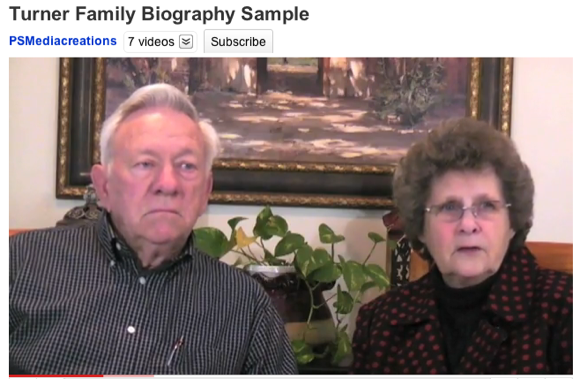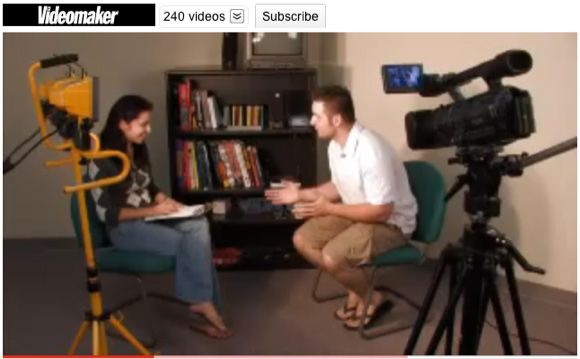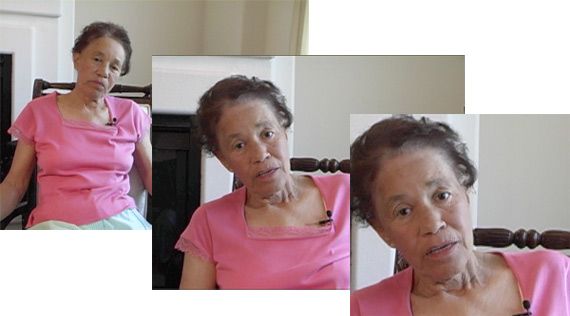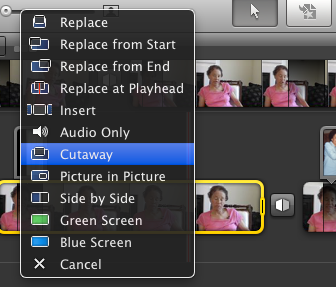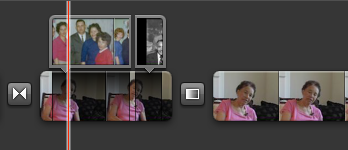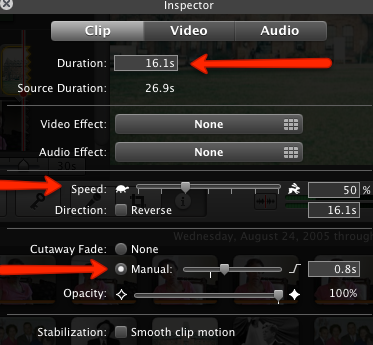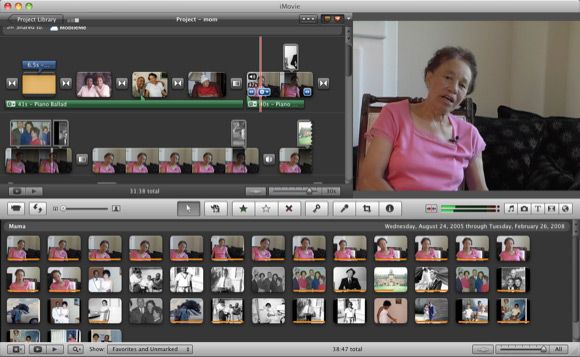Recently I wrote an article about preparing for the digital afterlife. In part it's about how we preserve and pass down the physical and digital aspects of our life. With today's digital technology it's a lot easier to document our own life and/or the lives of people we care about. You could pay a videographer in your area to do the project for you, but even so, you will still have to have to do lots of preparation work before the video production can begin.
So if you have a digital video camera and editing software like iMovie or Movie Maker, you can create a family video biography yourself.
Gathering Resources
If you have never seen a family video biography, do a Google search on the topic and you will find samples produced by professional videographers and amateurs. Here's one YouTube sample, The Turner Family Biography, that illustrates well what I will explain in this how-to.
Most family videos consist of an interview with one or more individuals about their history of their life. Interviewing at least two people, say a mother and a father, is often more interesting, providing an additional voice and perspective in the video. Most good family video productions run from 30-90 minutes - the shorter the better - and includes lots of cutaway images and video footage which illustrate the content of the interview.
You will need to collect and scan as many family photos, existing digital images and other artifacts as possible related to your interviewee(s). Most of today's home printers include a scanner feature for converting paper photos into digital format. There are also several free Photoshop alternatives for retouching photos. See this article for recommendations.
Interview Questions & Outline
Next, you will need to come up with a list of 25-50 questions for your interview. Great Life Stories has a good starter list of questions, for the various times and aspects of an individual's life. They include questions about birth place, school days, employment, hobbies, travel, places of worship, triumphs and tragedies, and words of wisdom.
Next, you will want to have an outline of your video in mind. You don't have to necessarily start off with the beginning of a person's life. You can start off with the most important time of a person's life and then work backwards and then forwards from there.
Interview Setup
The setup for an interview is fairly easy. Select an area with lots of window light, especially if you don't have lighting equipment to do your interview. Have the interviewee(s) facing the light.
If need be, you can purchase an affordable 500 watt mechanic's light system. See this Videomaker magazine tutorial for setting up a light system.
Video Camera Setup
You will definitely want to put your video camera on a tripod. Since your tripod will be stationary throughout most of the interview, you don't need to buy an expensive one. About every three or four questions, you should vary the range of your shots from wide, medium to close-up. Experiment also with shooting from slightly different angles.
If you have the skills, you can also zoom in close on the person's face during very emotional responses. See my article, 10 Simple Tips to Make Home Videos Look Professional for additional ideas.
Editing
Home video editors like Apple"˜s iMovie or Movie Maker offer all you need to edit and complete your project. After importing projects in iMovie, for example, most of your production will consist of cutaway images and cross dissolves.
iMovie '11 provides a very easy drag-and drop feature for adding cutaway images or other short video clips. This means that your viewers can still hear your interviewee talking, but the cutaway photos and video clips illustrate what is being talked about.
To create a cutaway, you simply drag it to the top of a designated part of your main footage. Choose Cutaway from the pop-up menu.
You can also adjust the position, duration, and panning of your cutaways.
In addition to setting the duration of your cutaways, be sure to select Manual under Cutaway Fade so that your cutaways fade in and out more smoothly. You can also adjust the speed of a very short cutaway footage. You can, for example, slow it down if the original clip moves too fast.
iMovie also includes royalty-free music for your productions. Here are other iMovie features you can use, including tips on how to manage your project, control the audio, and export it for online sharing and DVD formatting.
These type of video projects do require some work, but with good planning and execution they can be shot and produced in a couple of weekends.
Let me know if you any questions about this type of project. Also please share your strategies for completing a family video tribute if you have already produced one. In the meantime, here is some further reading on iMovie and Windows Movie Maker :
How To Add Opening & Closing Credits To Your Movies With iMovie '09 [Mac] - Bakari
10 Reasons To Use Apple's iMovie '09 [Mac] - Bakari
Make Quick & Professional Looking Videos with Windows Movie Maker (Part 1) - Mark
Make Quick & Professional Looking Videos with Windows Movie Maker (Part 2) - Mark
How To Watermark Your Videos In Windows Movie Maker - Jessica


